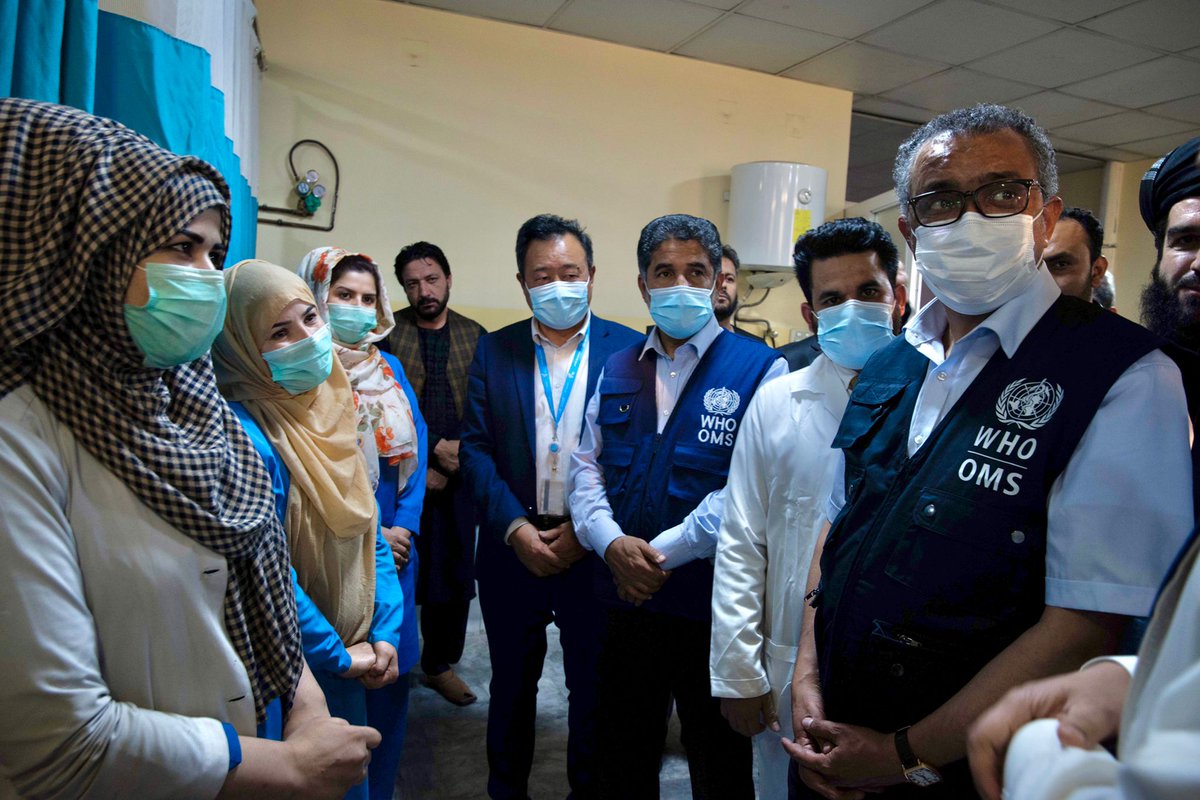
Oral diseases - incl. dental caries, gum disease and oral cancer - affect an estimated 3.5 billion people globally.
They affect health, well-being and quality of life, especially where resources for prevention, diagnosis and treatment are limited.
More: bit.ly/3knxQzh
They affect health, well-being and quality of life, especially where resources for prevention, diagnosis and treatment are limited.
More: bit.ly/3knxQzh

Untreated dental caries in both primary (milk) and permanent teeth is the most common oral health condition. Reducing the amount of sugar we consume and regular toothbrushing with fluoride toothpaste prevent dental caries bit.ly/3knxQzh 

Severe gum disease is widespread and is a major cause of tooth loss. It is characterized by bleeding or swollen gums pain and sometimes bad breath.
The main causes are poor oral hygiene and tobacco use bit.ly/3knxQzh
The main causes are poor oral hygiene and tobacco use bit.ly/3knxQzh

Oral cancers are among the 15 most common cancers worldwide. Oral cancer incl. cancers of the lip, other parts of the mouth and the oropharynx.
Oral cancer is more common in men and in older people and varies strongly by socio-economic condition bit.ly/3knxQzh
Oral cancer is more common in men and in older people and varies strongly by socio-economic condition bit.ly/3knxQzh

Other lesser known oral diseases such as noma, a severe gangrenous disease that mostly affects children aged 2-6 years living in conditions of extreme poverty, and clefts of the face and mouth have significant health, social and economic impacts in some regions. 

New WHO guide on mobile technologies for oral health provides comprehensive instructions on how to promote, build and monitor effective oral health interventions delivered through mobile technologies
bit.ly/3knxQzh
bit.ly/3knxQzh

• • •
Missing some Tweet in this thread? You can try to
force a refresh










